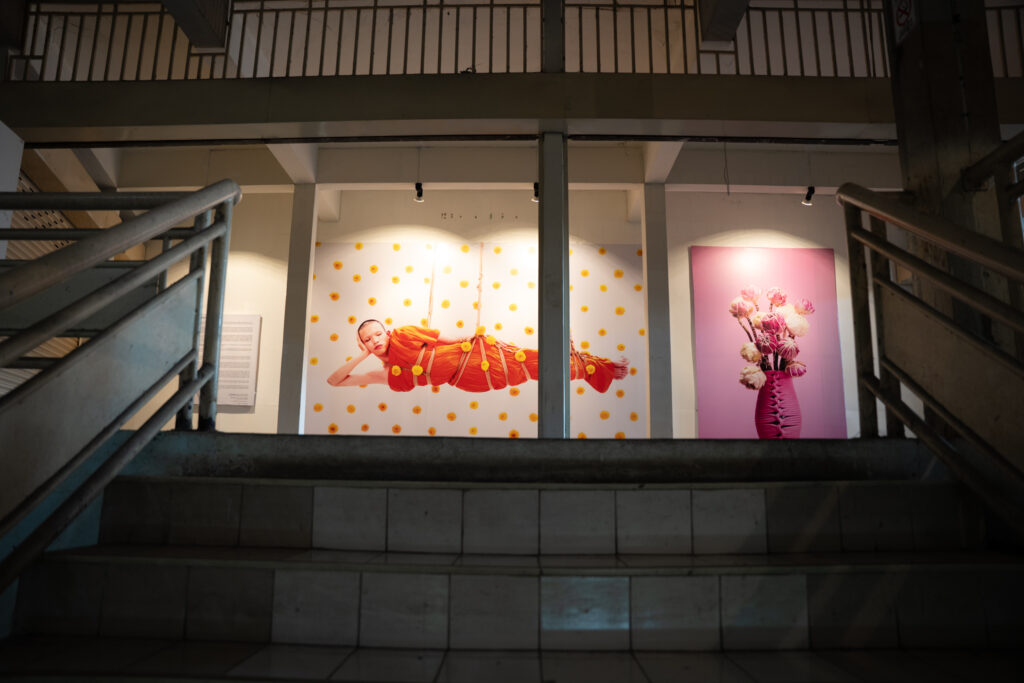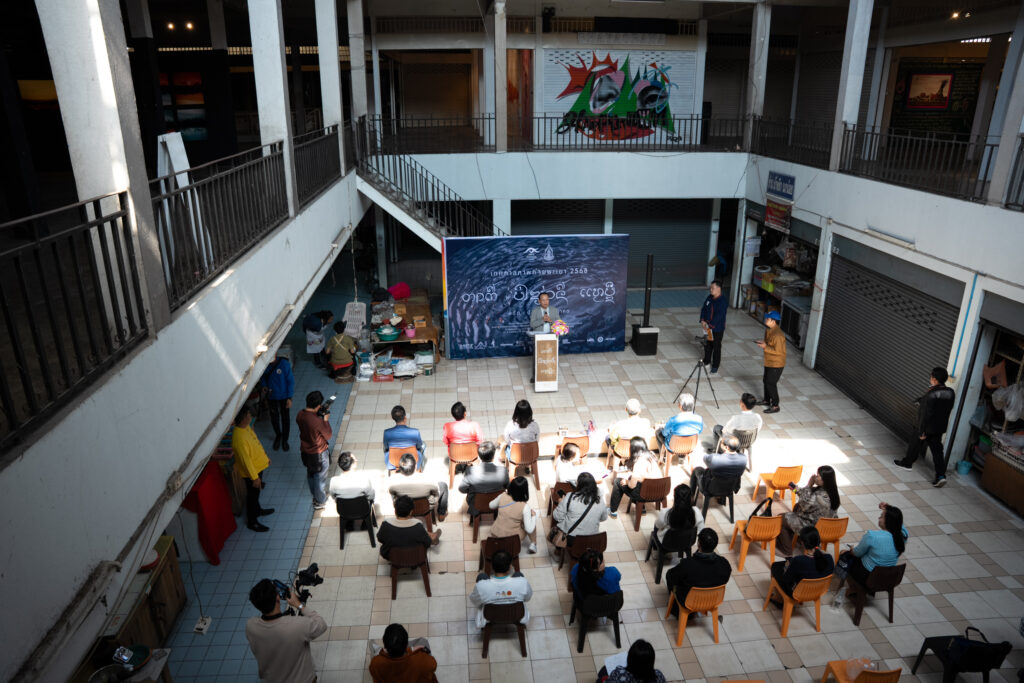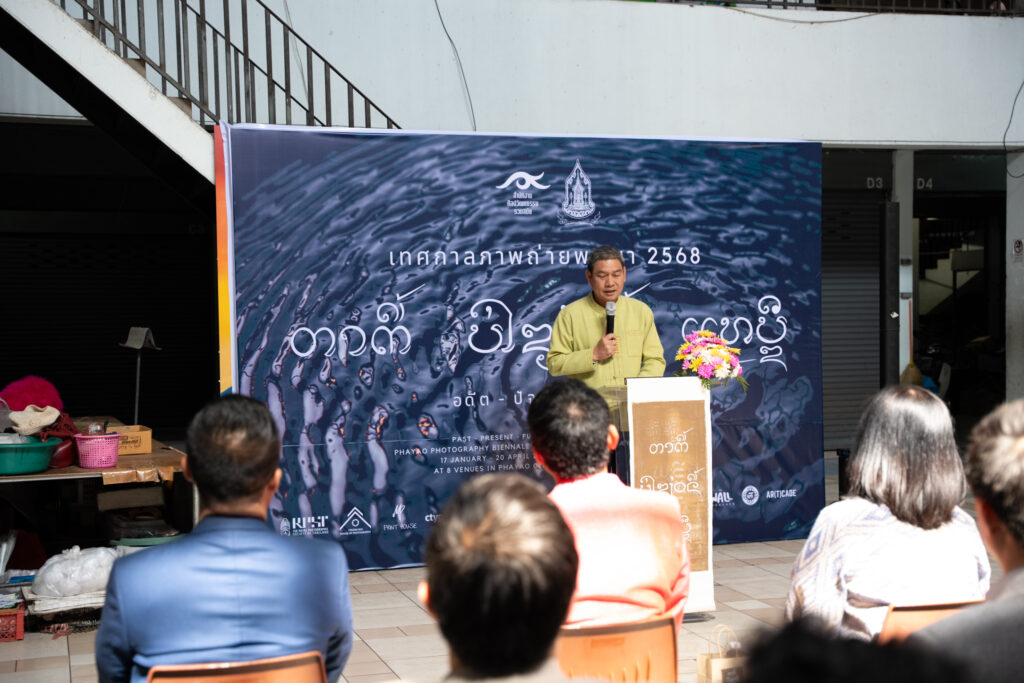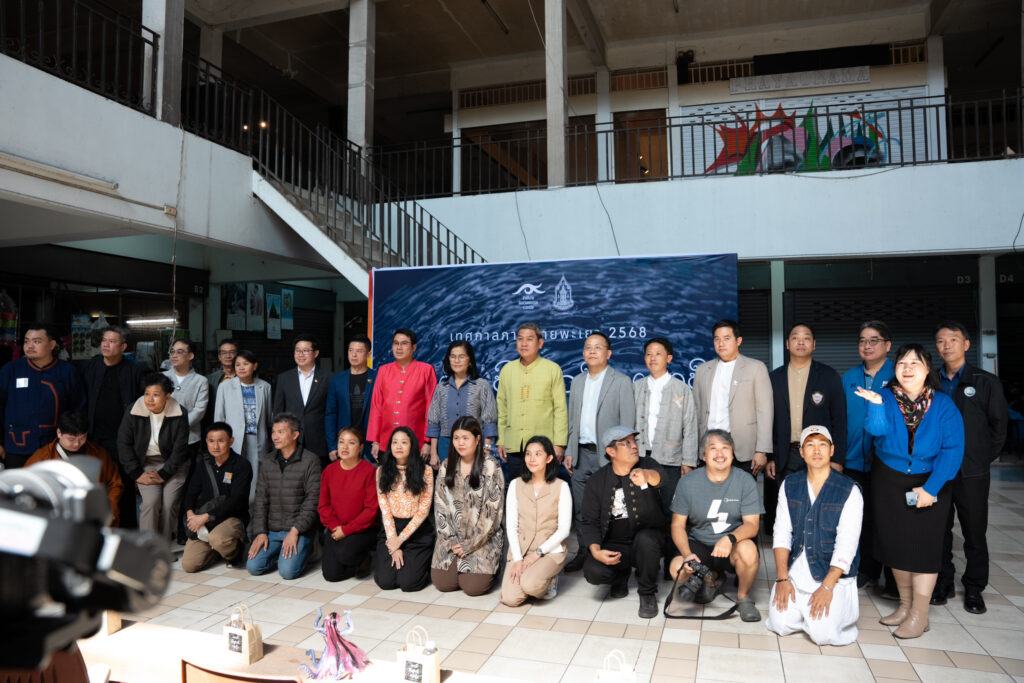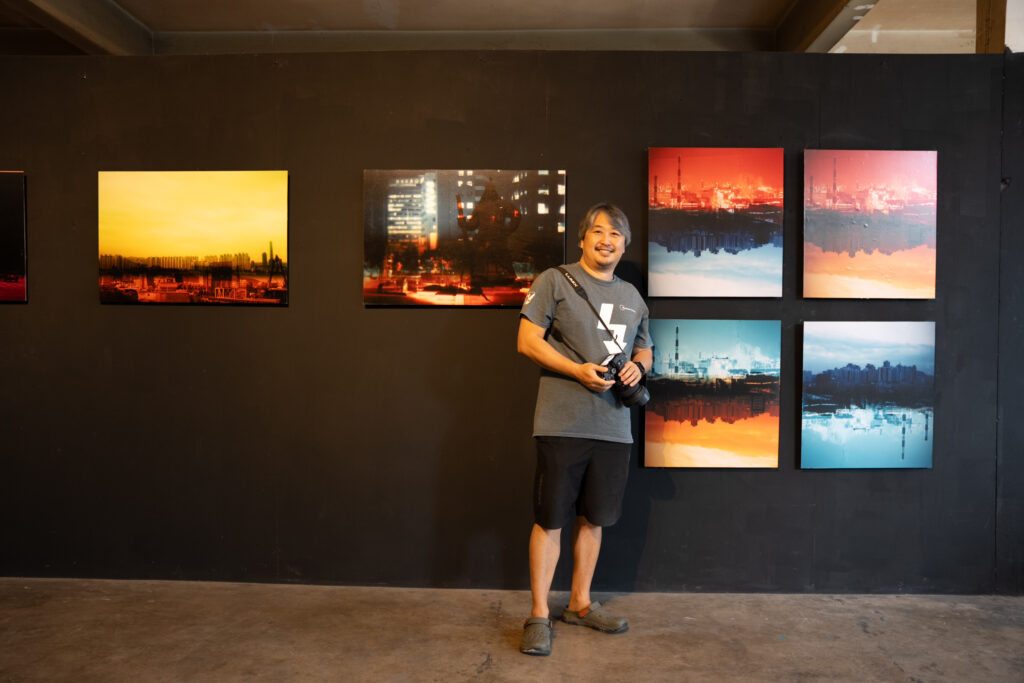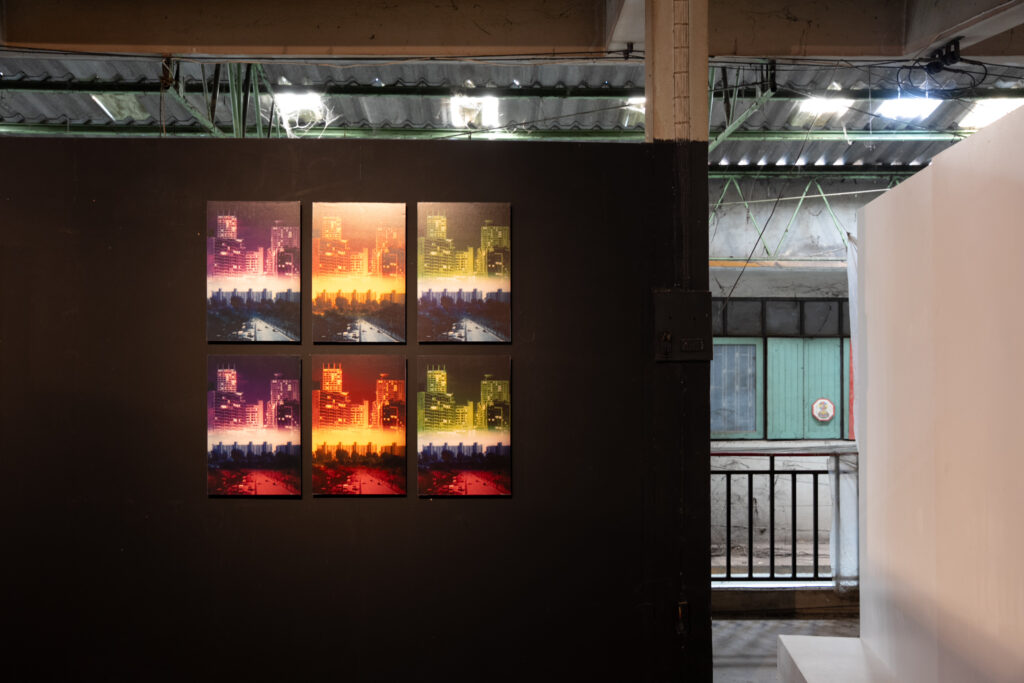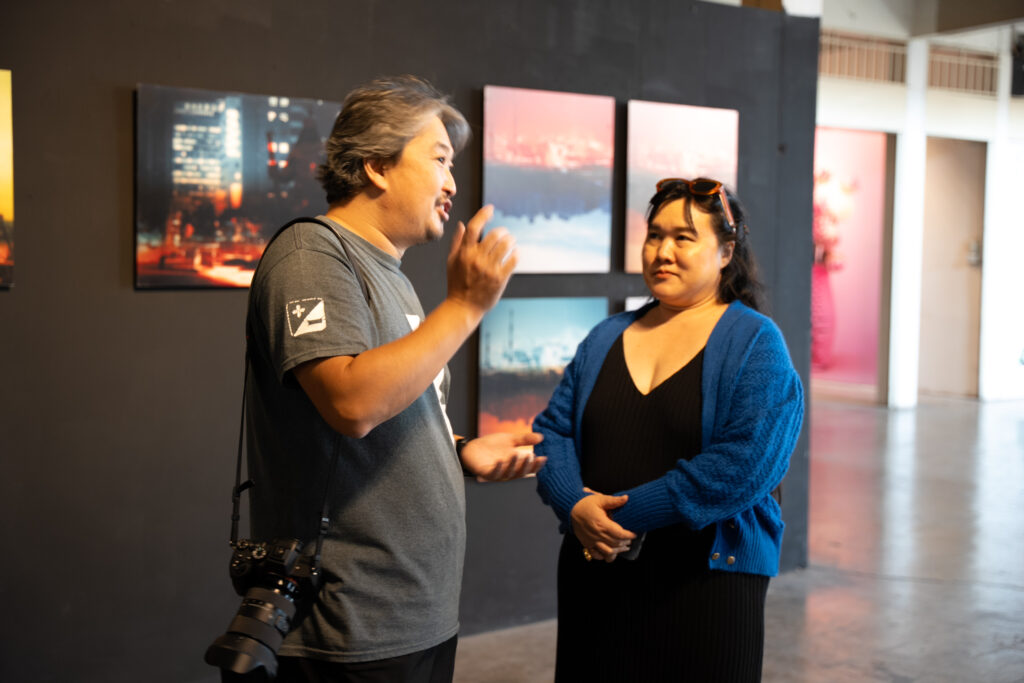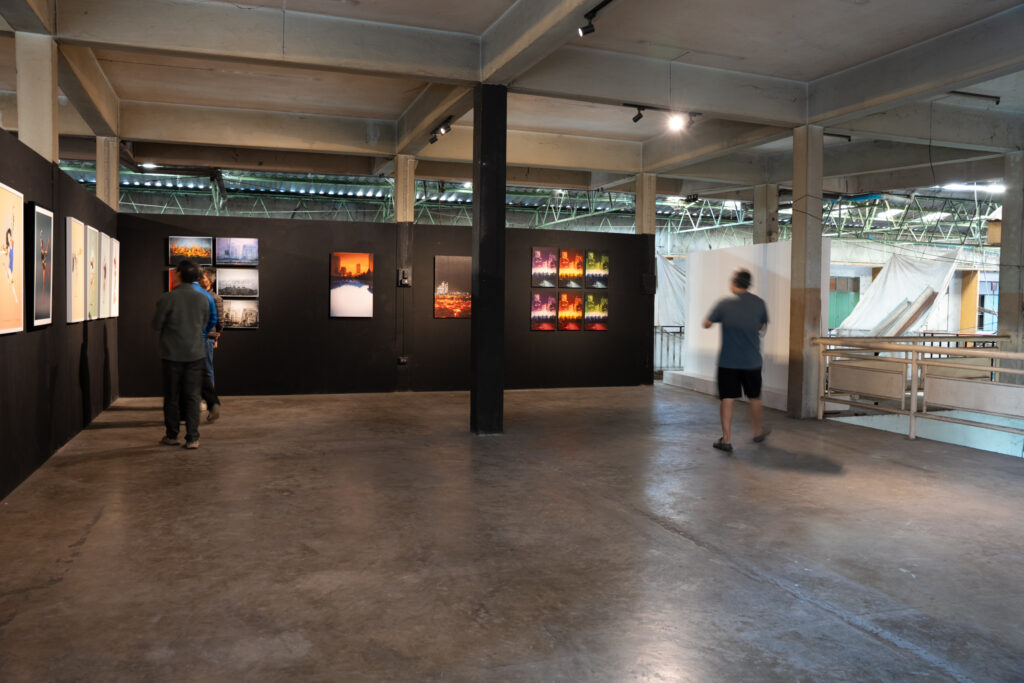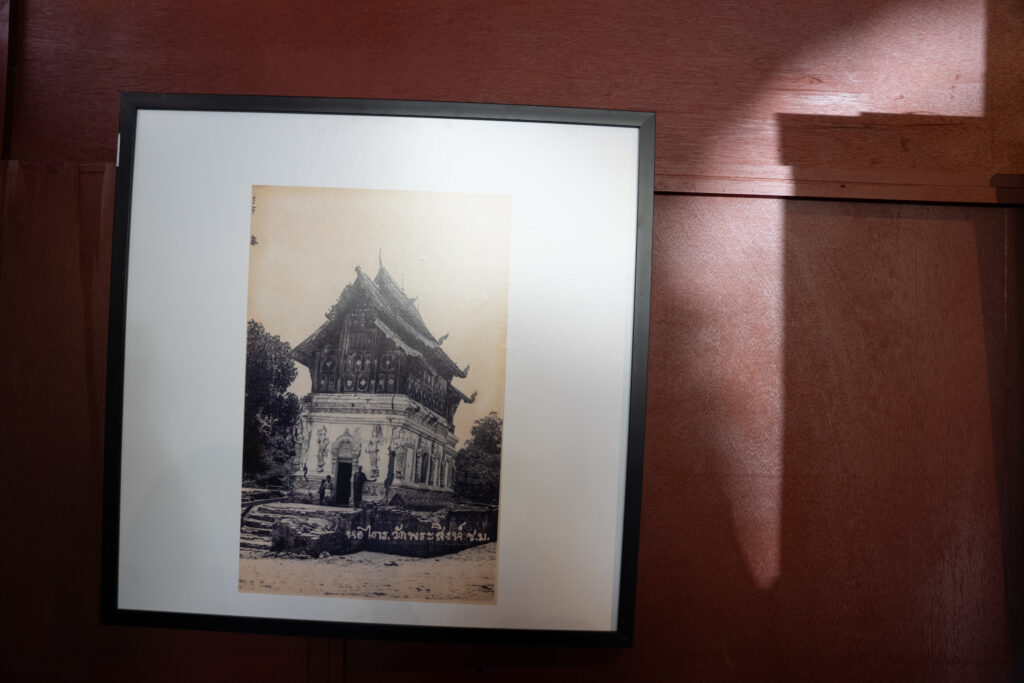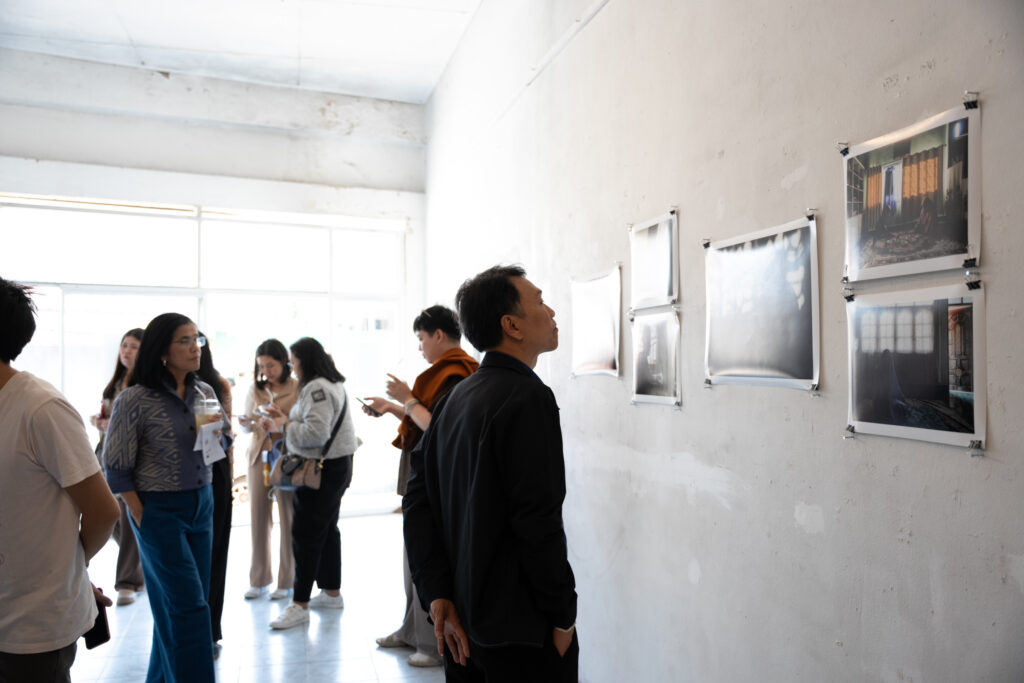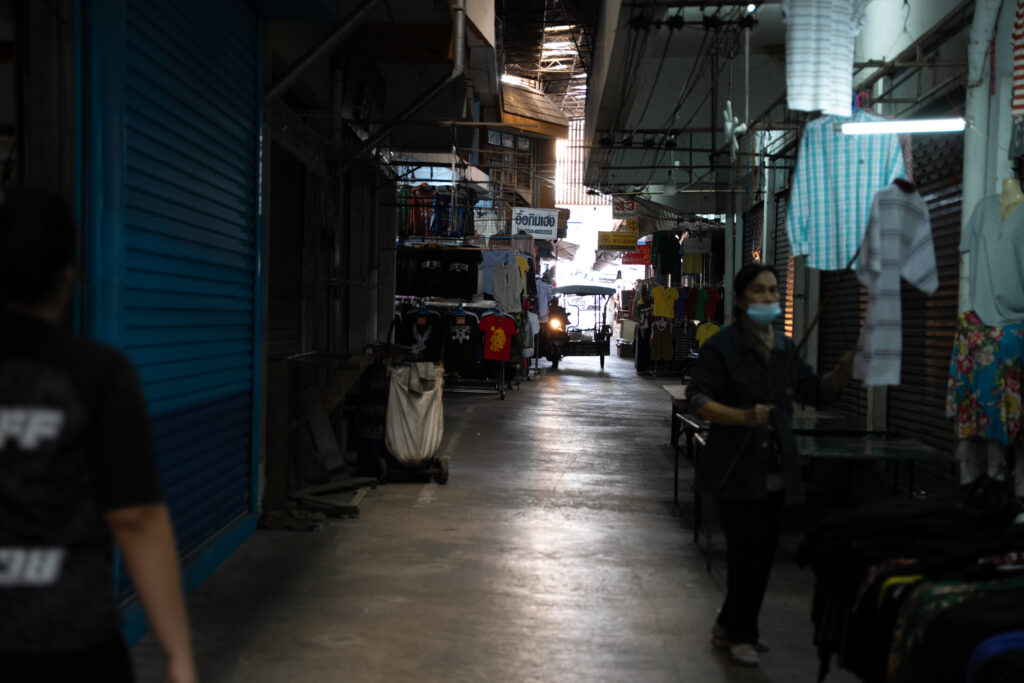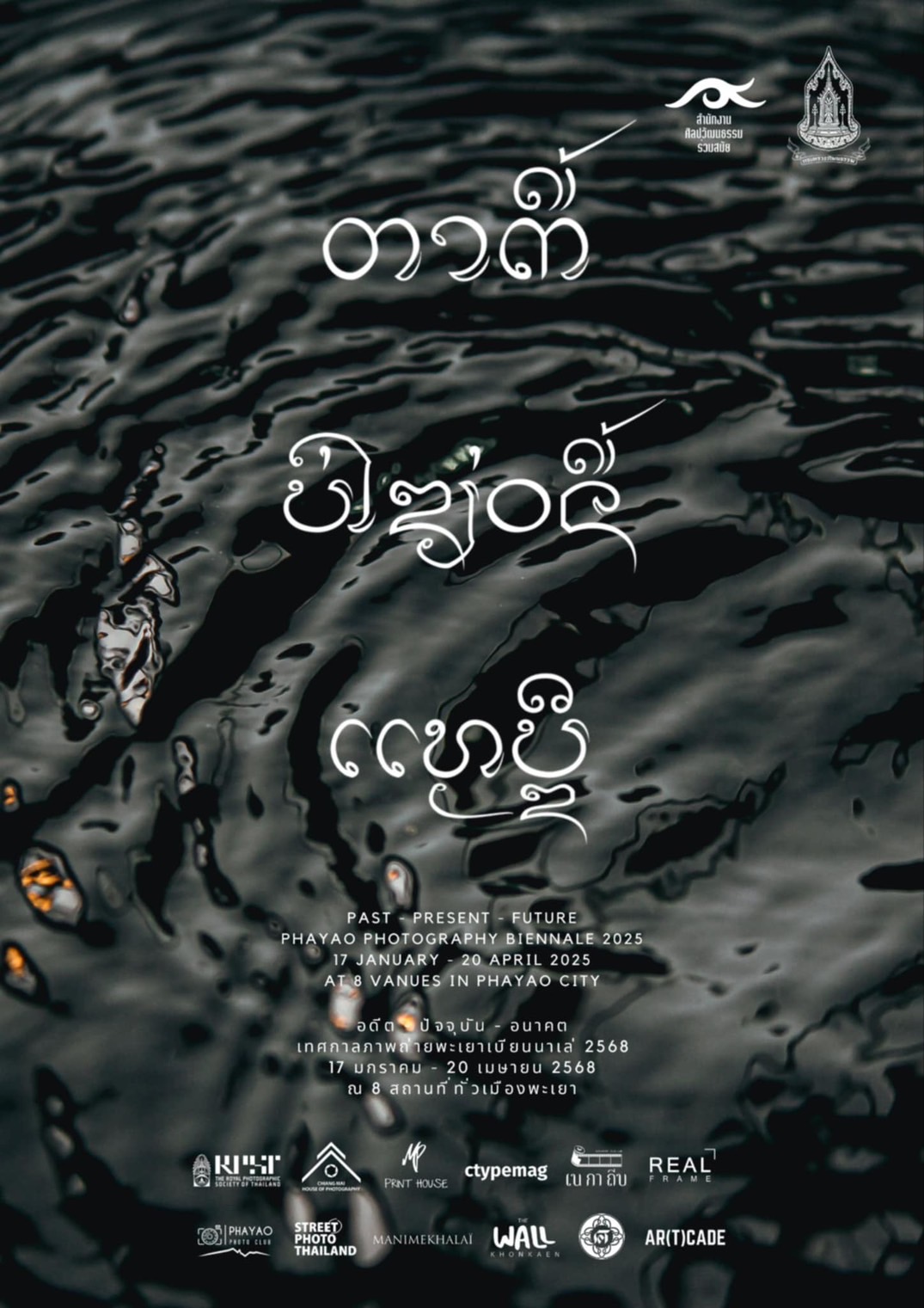
Phayao Photo Biennale 2025
I participated in this biennale with my work Denial Scenery.
The project explores how the human instinct to deny reality—a psychological mechanism described by Ajit Varki and Ernest Becker as the “denial of death”—seeps into our contemporary representations of nature and the urban environment.
By layering and cutting photographs from different times and places onto transparent plastic film and rephotographing them, I erased the original colors and added textures of concrete and plastic, revealing how the “natural” we revere is often an artificial construct of our own making.
The exhibition space became a point where the surface of the city meets our psychological defense mechanisms.
Phayao Photo Biennale 2025
Upon invitation from the Phayao Photo Biennale 2025, I traveled to Phayao to attend the opening and participate in the exhibition tour.
The city, centered around its expansive lake, retains the traditions of northern Thailand in both landscape and rhythm.
Each morning, mist rises from the lake, monks chant from nearby temples, and bustling markets awaken—layered together into a living tapestry.
With the biennale spread across various lakeside locations, viewing the exhibition became an experience of walking through the city and flowing through time.
One of the most memorable venues was a gallery on the second floor of a traditional market.
There, local residents—many encountering contemporary photography for the first time—paused in front of the works with expressive curiosity.
Though modest, the space was filled with light and movement.
Above all, what stood out was the clear intention of the Phayao community to meet art on the same plane as everyday life.
Former cinemas, cafés, and public pavilions, each with their own temporal aura, participated in the exhibition—making the entire city feel like one expansive photographic image.
The Thai artists’ works were deeply impressive.
Bold formal experimentation coexisted with narrative depth.
They addressed social contexts while pushing forward with strong visual language.
The use of film, archives, video, and objects stood out, as did the reconstruction of “tradition–present–future” along individualized axes of inquiry.
The result was an exhibition space that expanded into a layered arena where technology, emotion, memory, and place reflected one another.
My contribution, Denial Scenery, examines how the innate human instinct to deny death permeates the romanticized images of “nature” we consume in urban life.
Using images collected from various times and places, I overlaid and sliced them onto transparent plastic film, then rephotographed the arrangements.
By stripping the original color and adding rough textures of concrete and smooth synthetic resin, I sought to reveal that the “safe nature” we love is, in fact, the cumulative product of chosen and preferred artificiality.
On the day of the opening, many visitors lingered in front of my work.
There were repeated questions about how materiality and psychological defense meet within the image.
One memorable comment: “These unfamiliar textures actually make reality feel sharper.”
Conversations with fellow artists during the tour were equally profound.
To look at the same city through different languages—those overlaps and dissonances naturally amplified within Phayao’s setting.
Though my stay was brief, Phayao showed me how art and daily life can coexist without hierarchy.
I witnessed firsthand how the biennale was not only a cultural event but also a structural force shaping both the city’s artistic ecosystem and its daily rhythm.
To know that my work became one frame within that landscape—that, to me, was meaningful.

